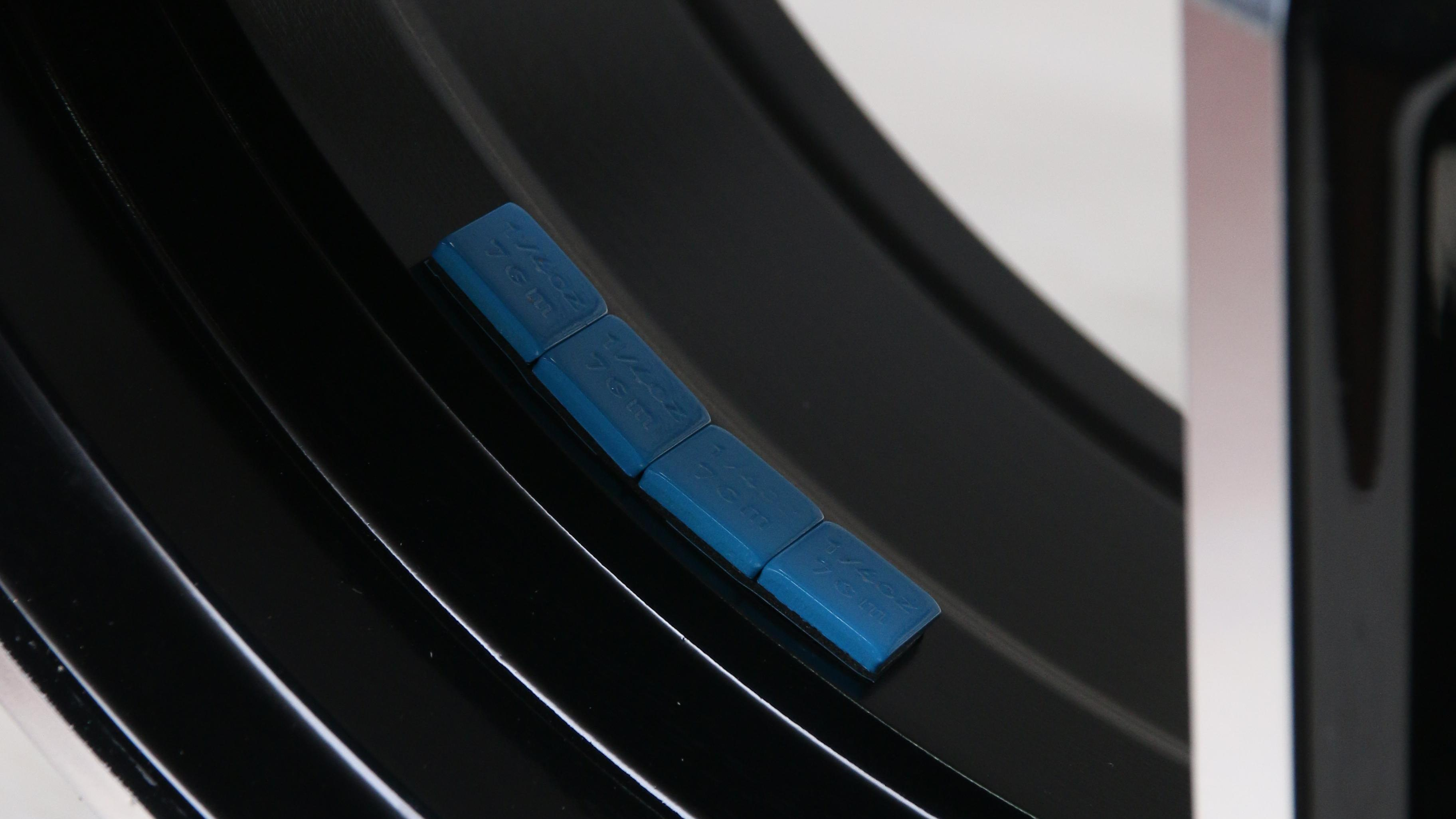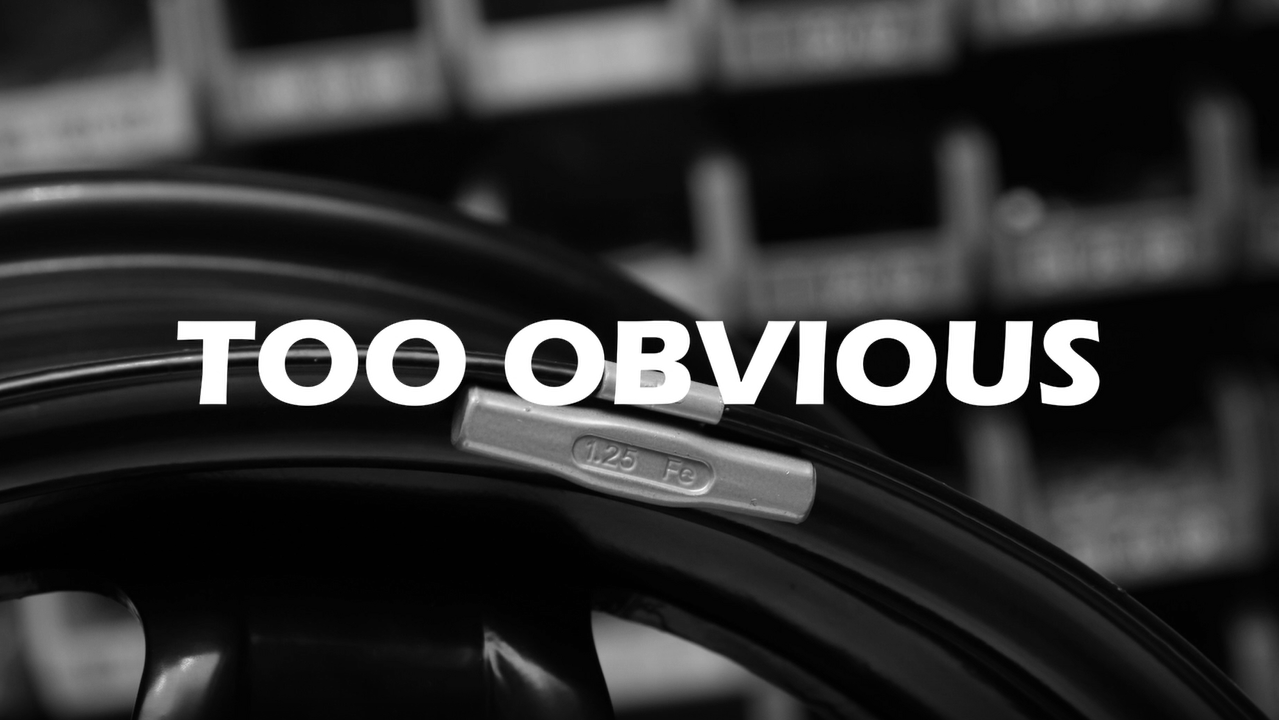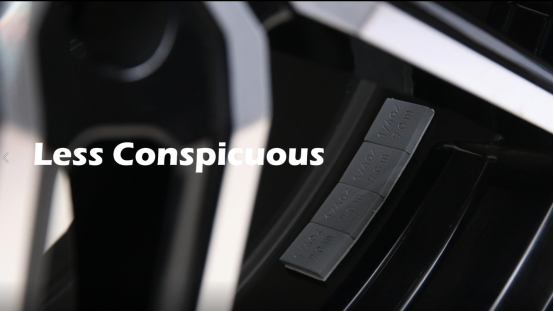
Customer complaints about vehicle vibration and wobbling after a new tire change can often be resolved by balancing the tire and wheel assembly. Proper balance also improves tire wear, improves fuel economy, and eliminates vehicle stress. In this critical process, wheel weights are often the best choice of creating the perfect balance.
Your wheels need to be balanced after the tires are installed, this is done using a special machine called a balancer that tells you where to put the counterweight in order to correct the balance of the wheel
Which One Is Better For My Vehicle Clip On Vs Stick On Wheel Weights?
Clip-On Wheel Weights
All wheels can handle tape on weights, but not all wheels can handle traditional clip-on weights.
While Clip on weights may be cheaper, they can damage your wheels. Some may leave marks when removed and may also cause corrosion.
The Clip on weights are too obvious on the rim. However, it is the best choice for vehicles that do not require much appearance, such as medium- and heavy-duty trucks.


Stick On Wheel Weights
Self-adhesive weights tend to be a little more expensive but they are easy to apply and remove and most won't damage your wheel.
Customers are sensitive to the appearance of wheel weight on the outboard plane. For these applications, an adhesive tape weight is the only option.
What Can You Do to Prevent Wheel Weights From Falling Off?
Proper finish and using a high-quality wheel weight with effective adhesive are key to keeping the wheel weight in place. Best practices include solvent cleaning the wheels where the weight will be placed to remove dirt, grime, and brake dust, and then placing the weight securely.
It takes about 72 hours for the sports car wheel balance weight to reach its full force. It's generally safe to drive straight away, but the first 72 hours are where those weights are most likely to come off, especially if your wheels weren't cleaned properly in the first place.
Post time: Jun-09-2022





